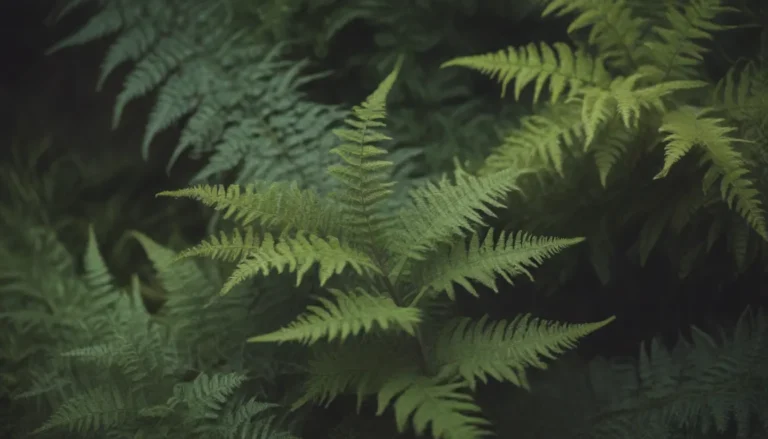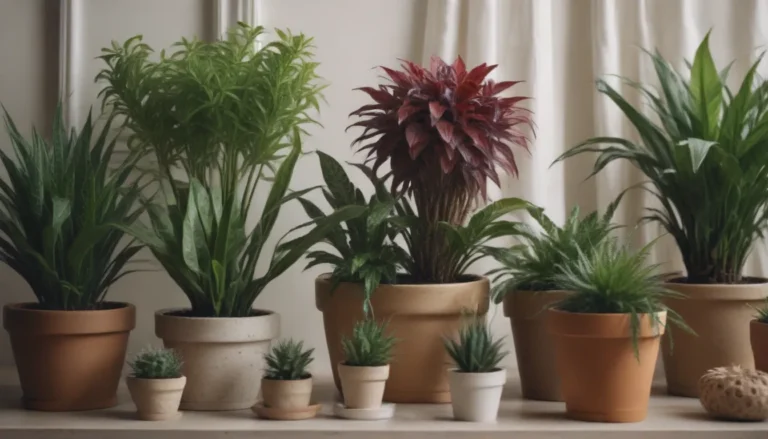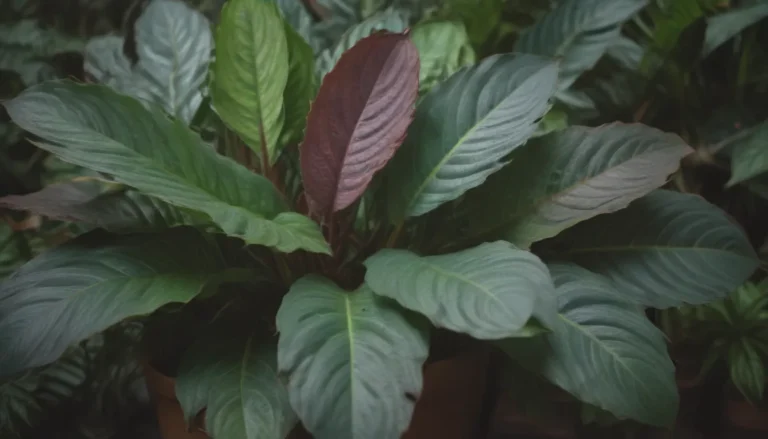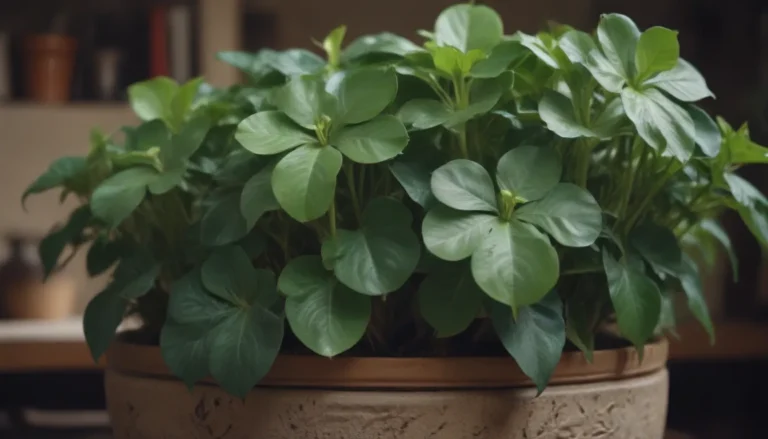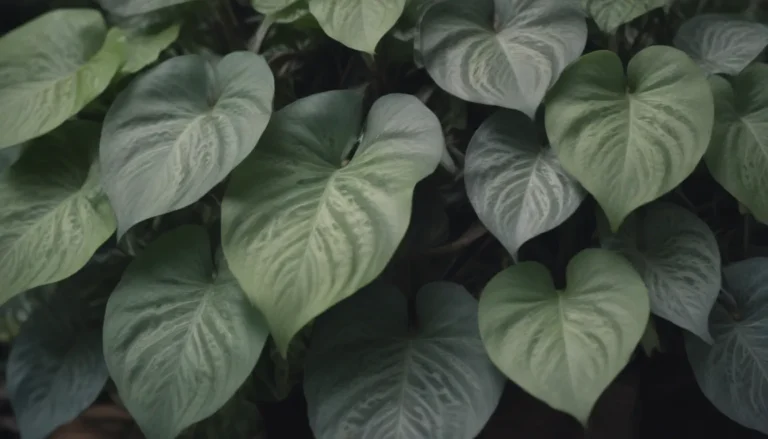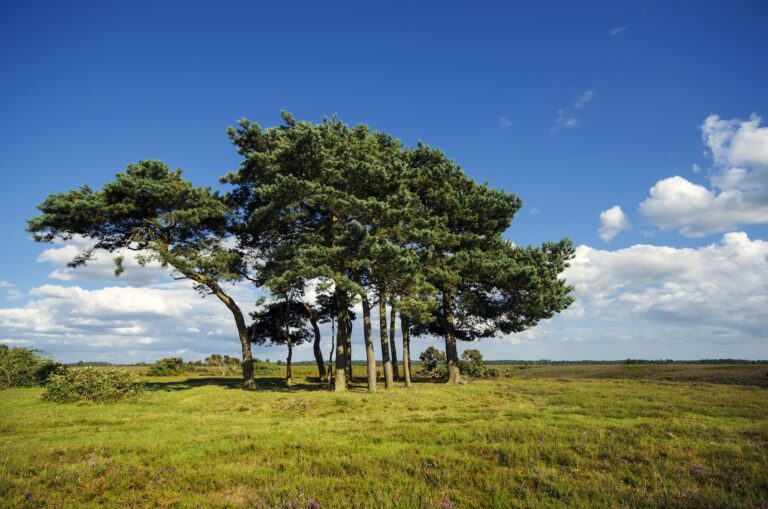The Ultimate Guide to Growing and Caring for Rockrose
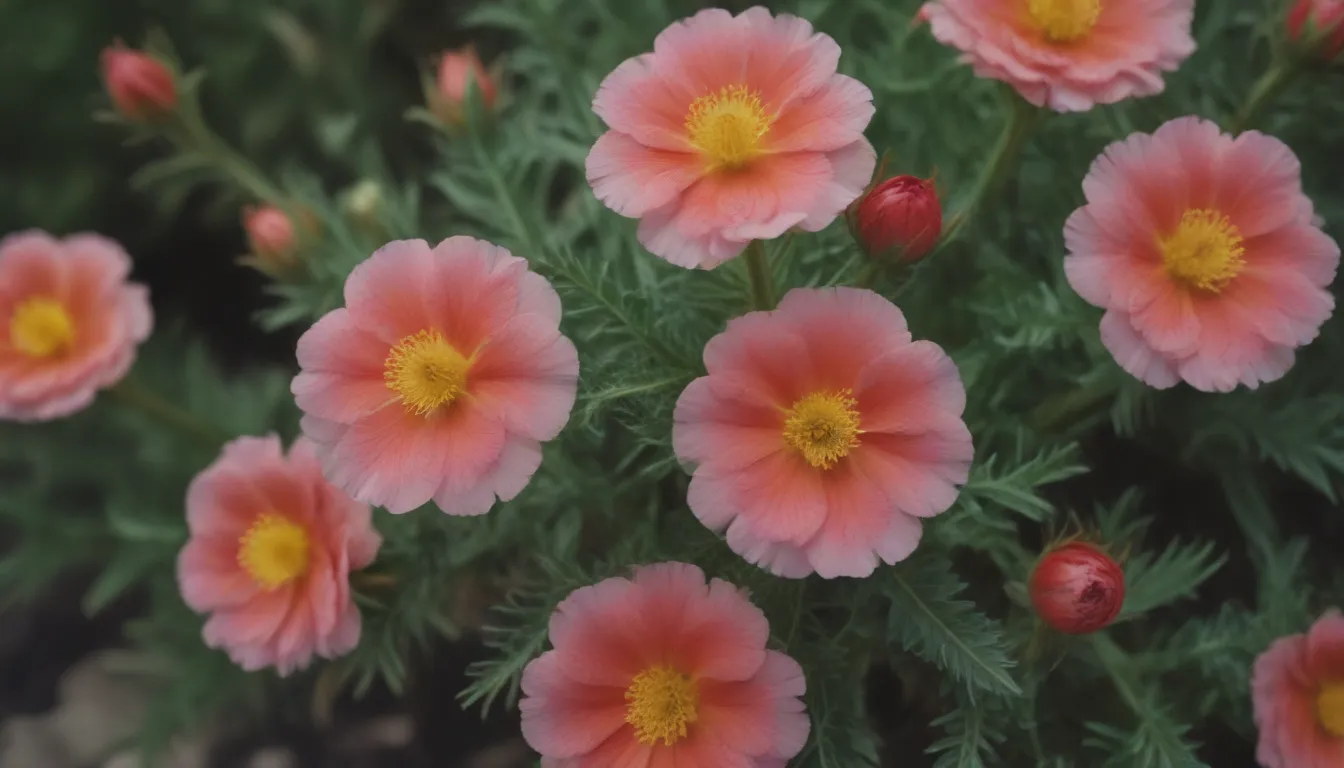
Welcome to our comprehensive guide on how to grow and care for rockrose! If you’re looking to add a beautiful and resilient shrub to your garden, rockrose is an excellent choice. With its dense green foliage, delicate flowers, and aromatic leaves, rockrose is a stunning addition to any landscape. In this article, we’ll cover everything you need to know about growing and caring for rockrose, from planting to pruning to common problems and solutions.
What is Rockrose?
Rockrose, also known as Cistus, is a genus of fast-growing evergreen shrubs that are known for their hardy nature and ability to thrive in challenging conditions. These shrubs are drought-tolerant, deer-resistant, and can withstand extreme heat and strong winds. They are ideal for rock gardens, exposed garden beds, and coastal areas.
Rockrose Care
Rockrose comes in various varieties, with some growing as a spreading groundcover while others form large mounds several feet high. These plants are relatively low maintenance but do require some care to thrive. Here are some basic requirements for growing rockrose:
- Light: Plant rockrose in a location that receives full sun for several hours a day. They do not thrive in shady locations.
- Soil: Rockrose grows well in poor-quality rocky soils that are well-draining. Make sure to choose a spot with deep soil and a pH range between 5.6 and 7.5.
- Water: While rockrose is drought-tolerant, water your plants weekly during the first growing season to help them establish healthy roots. Provide deep, thorough watering to encourage strong growth.
- Temperature and Humidity: Rockrose can tolerate heat and high temperatures but do not thrive in cold climates or tropical humidity.
- Fertilizer: Fertilize rockrose plants once in early spring with a general-purpose, slow-release fertilizer to kick start growth. After they are established, they typically do not require additional fertilizing.
Types of Rockrose
There are approximately 20 species of rockrose in the Cistus genus, as well as numerous hybrids. Some popular varieties include:
- Orchid rockrose
- White rockrose
- Pink rockrose
- Common gum rockrose
- Magenta rockrose
Pruning Rockrose
Rockrose plants have a dense, bushy growth habit and require occasional pruning to keep them compact and healthy. Here are some tips for pruning rockrose:
- Lightly prune after flowering to preserve buds for the next year’s bloom.
- Avoid heavy pruning as rockrose plants do not tolerate it well.
- Prune in the spring to remove winter damage and correct the shape, but do so conservatively.
Propagating Rockrose
Rockrose can be propagated from softwood cuttings, making it easy to expand your rockrose collection.
How to Grow Rockrose From Seeds
While rockrose seeds are not commonly available, propagation from seeds is not recommended as using hybrid seeds may not result in true-to-parent plants.
Potting and Repotting
Rockrose can be grown in containers as well as in gardens. Choose a larger container to prevent frequent watering and transplant carefully to avoid root disruption.
Overwintering Rockrose
Plant rockrose in a location protected from cold winds and heavy frost. If your region is too cold, grow rockrose in a container and bring it indoors in October.
Common Pests & Plant Diseases
Rockrose is generally pest and disease resistant, but aphids and powdery mildew can occasionally be a nuisance. Regularly check your plants for signs of infestation.
How to Get Rockrose to Bloom
Rockrose produces showy blooms that last just a few hours. To encourage more blooms, feed your plants with a phosphorus-rich fertilizer and ensure they receive plenty of sunlight.
Common Problems with Rockrose
If you encounter issues with your rockrose plants, it’s likely due to unsuitable growing conditions. Here are some common problems and solutions:
- Leaves Turning Yellow: May indicate root rot due to overwatering. Ensure proper drainage to prevent waterlogged soil.
- Leaves Turning Brown: Could be frost damage. Protect plants from cold temperatures and bring potted plants indoors during winter.
Rockrose plants have adapted to thrive in rocky, poor quality soils, making them a beautiful and resilient addition to any garden. While unscented, the foliage of rockroses is aromatic, reminiscent of Mediterranean herbs like lavender and rosemary.
In conclusion, rockrose is a versatile and low-maintenance plant that can add beauty and fragrance to your garden. By following these care tips and guidelines, you can enjoy a flourishing rockrose shrub that blooms year after year. Happy gardening!
